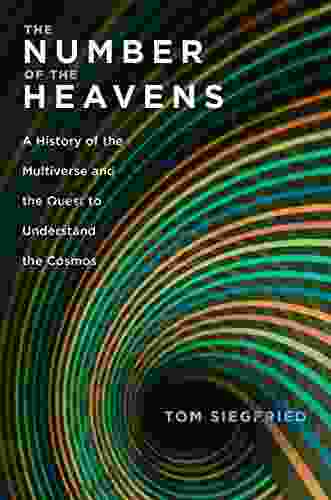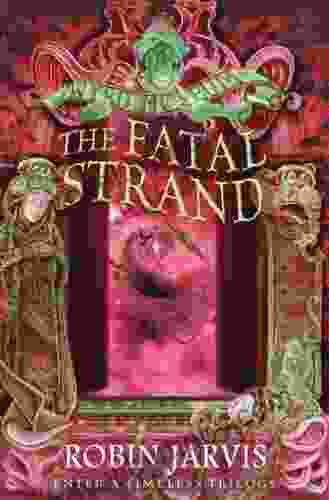Since the dawn of time, humanity has gazed up at the night sky, captivated by its celestial tapestry. From the ancient Babylonians to the modern-day astrophysicists, our relentless pursuit of knowledge has guided us on an extraordinary journey to unravel the mysteries of the cosmos. One of the most profound and enigmatic concepts that has emerged from this scientific odyssey is the idea of a multiverse - a vast collection of parallel universes beyond our own, each with its own unique laws of physics and cosmic evolution.
In his captivating book, "History of the Multiverse and the Quest to Understand the Cosmos," renowned astrophysicist Dr. Neil deGrasse Tyson takes us on an awe-inspiring exploration of this fascinating concept. With his trademark wit and scientific rigor, Dr. Tyson presents a comprehensive account of the historical development of multiverse theories, from their speculative origins to their current status as a major area of scientific investigation.
The book begins with a lucid explanation of the fundamental principles of cosmology and astrophysics, laying the groundwork for understanding the concept of a multiverse. Dr. Tyson then delves into the historical roots of multiverse theories, tracing their evolution from the ideas of ancient Greek philosophers to the scientific breakthroughs of the 20th century. Along the way, he introduces us to the key scientists who shaped our understanding of the cosmos.
A particularly captivating aspect of the book is Dr. Tyson's exploration of the different types of multiverses that have been proposed by physicists. From string theory to brane cosmology, he explains the underlying mathematical models and scientific evidence that support these theories. Dr. Tyson also discusses the implications of a multiverse, such as the possibility of alternative versions of ourselves in parallel universes and the potential for cosmic inflation to create an infinite number of universes.
One of the most thought-provoking chapters in the book explores the philosophical and existential implications of a multiverse. Dr. Tyson raises questions about the nature of reality, the meaning of existence, and the possibility of a "Grand Unified Theory" that can encompass all the laws of the multiverse. He also discusses the concept of a "Cosmic Consciousness," suggesting that the multiverse may be a self-aware entity that governs its own evolution.
However, Dr. Tyson does not shy away from acknowledging the challenges and limitations of multiverse theories. He examines the observational difficulties in verifying the existence of parallel universes and discusses the ongoing scientific debates surrounding this concept. Despite these challenges, Dr. Tyson argues that the search for a deeper understanding of the multiverse is a worthwhile endeavor that can lead to profound insights into the nature of reality.
Throughout the book, Dr. Tyson's passion for scientific exploration is palpable. He weaves together complex scientific concepts with accessible language, making this book enjoyable and informative for readers of all backgrounds. The book is filled with stunning astronomical images, illuminating the vastness and beauty of the cosmos. It is a captivating journey that challenges our assumptions about the universe and invites us to embrace the unknown.



























































































